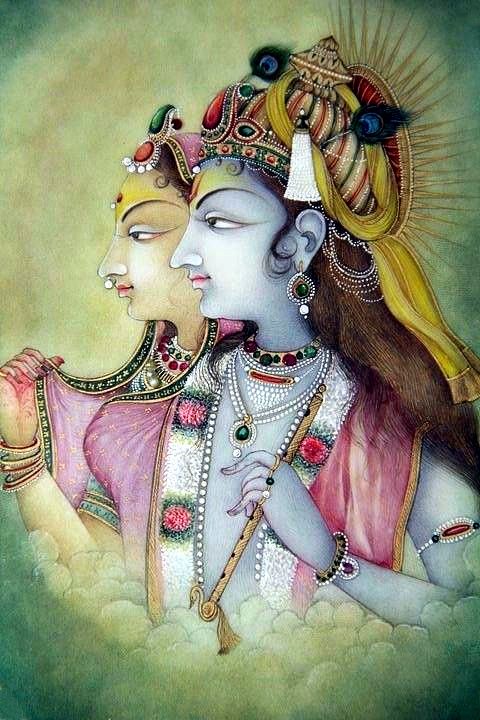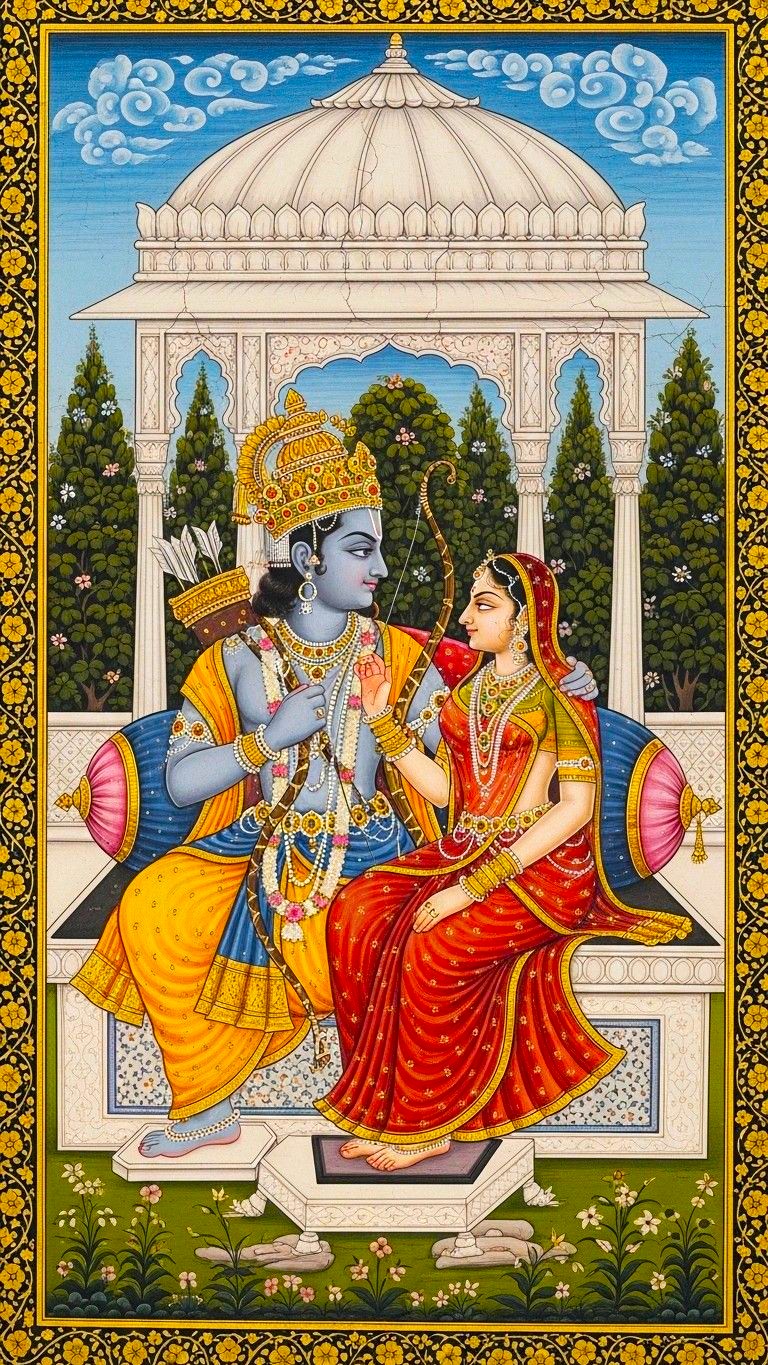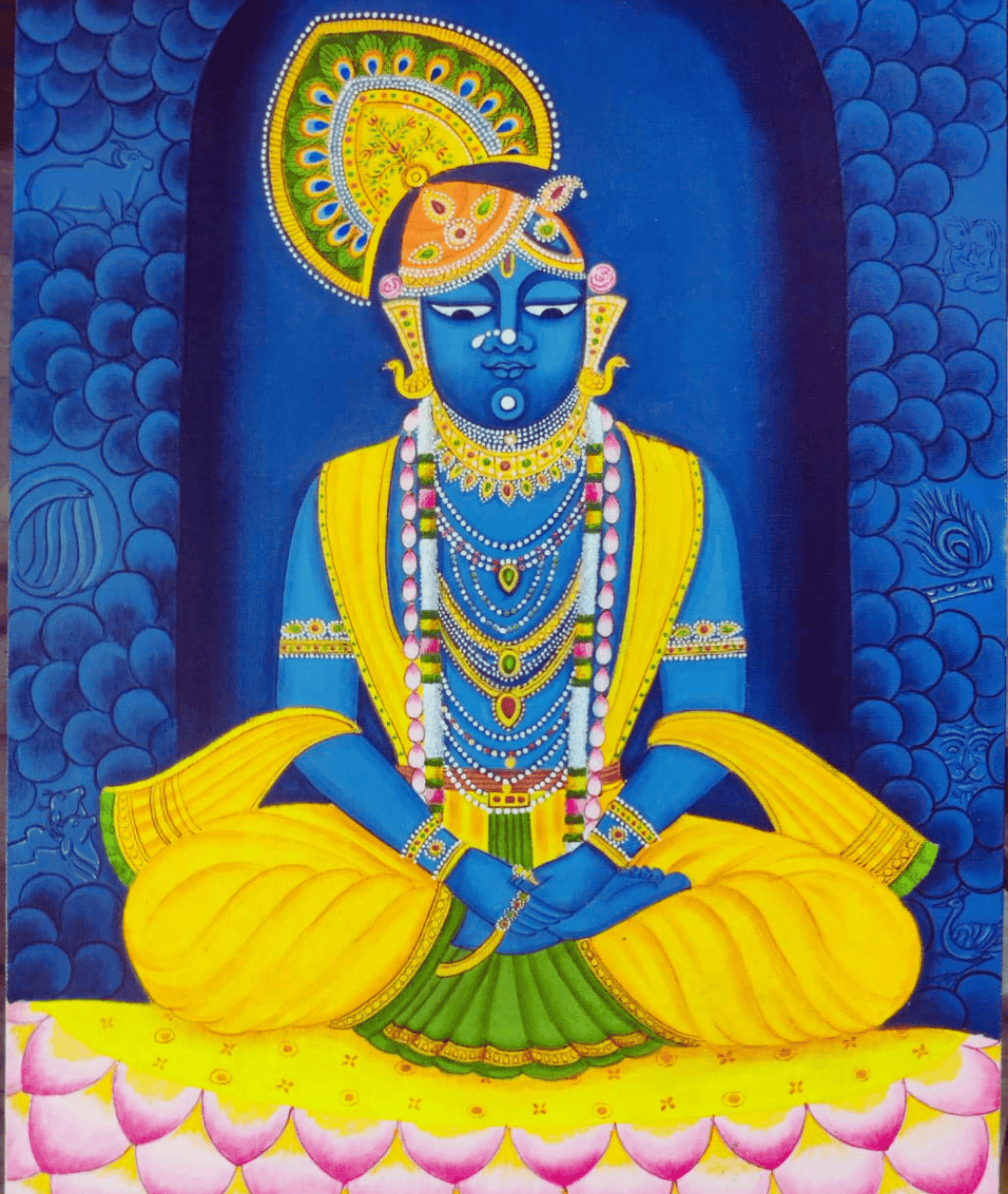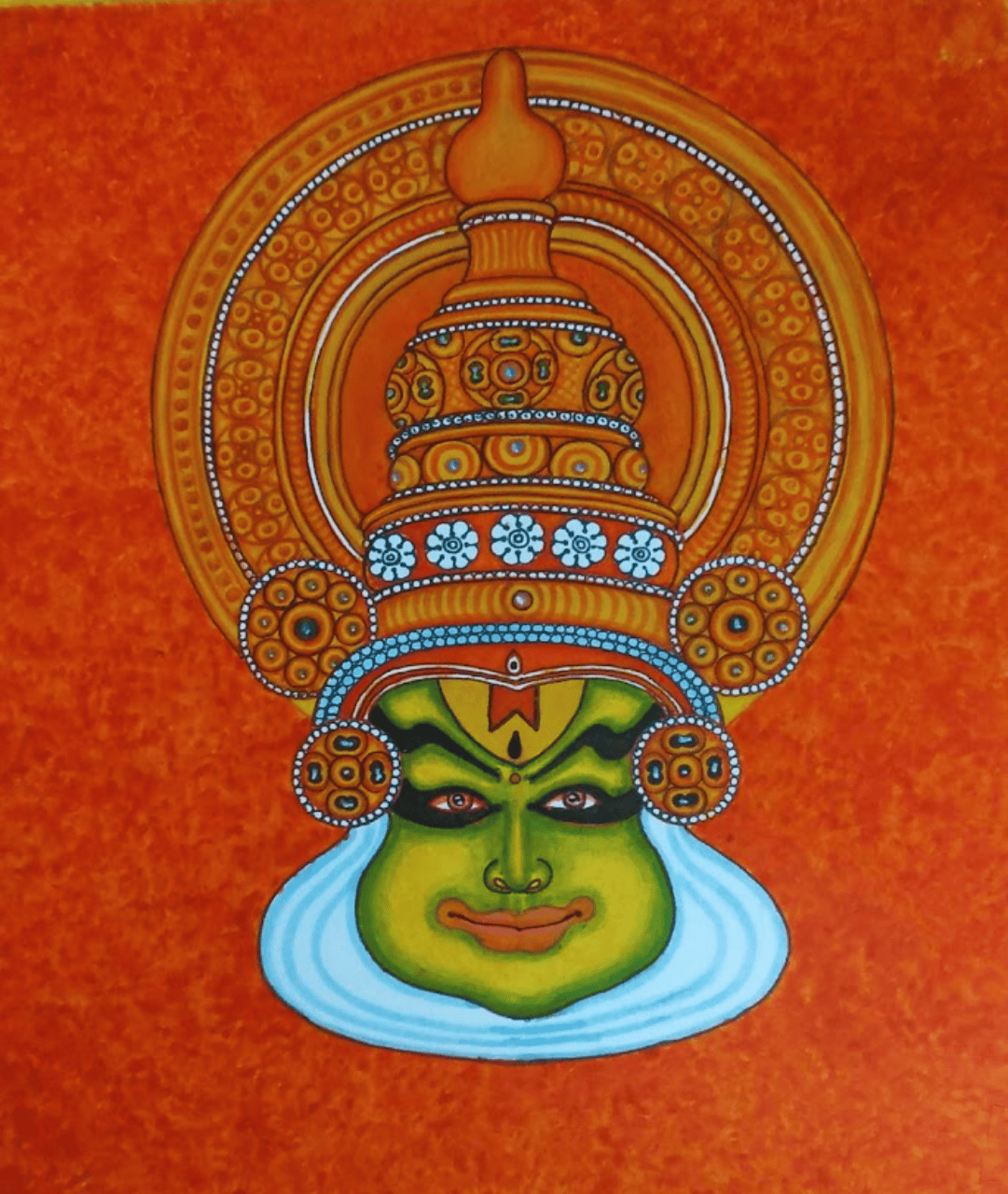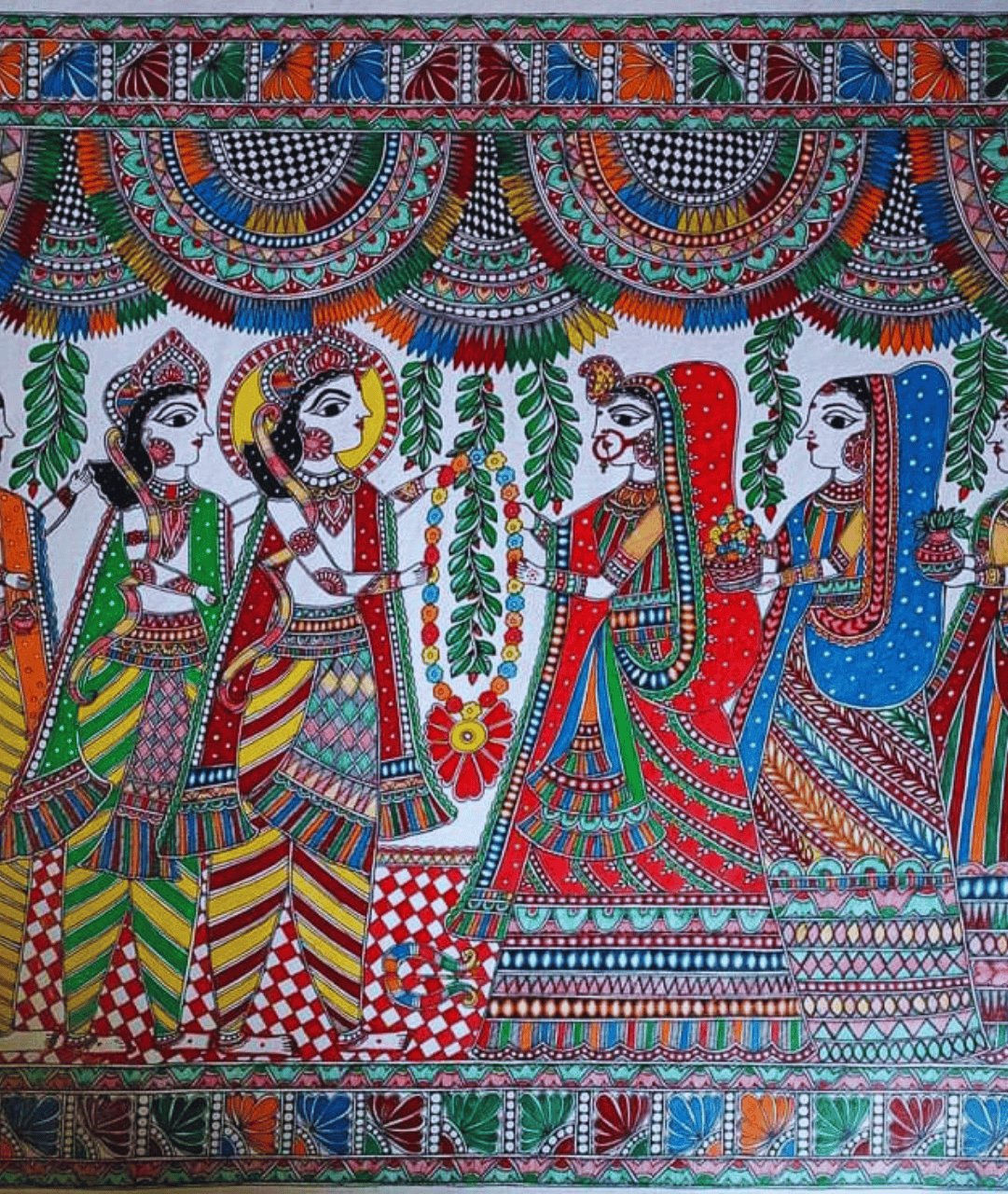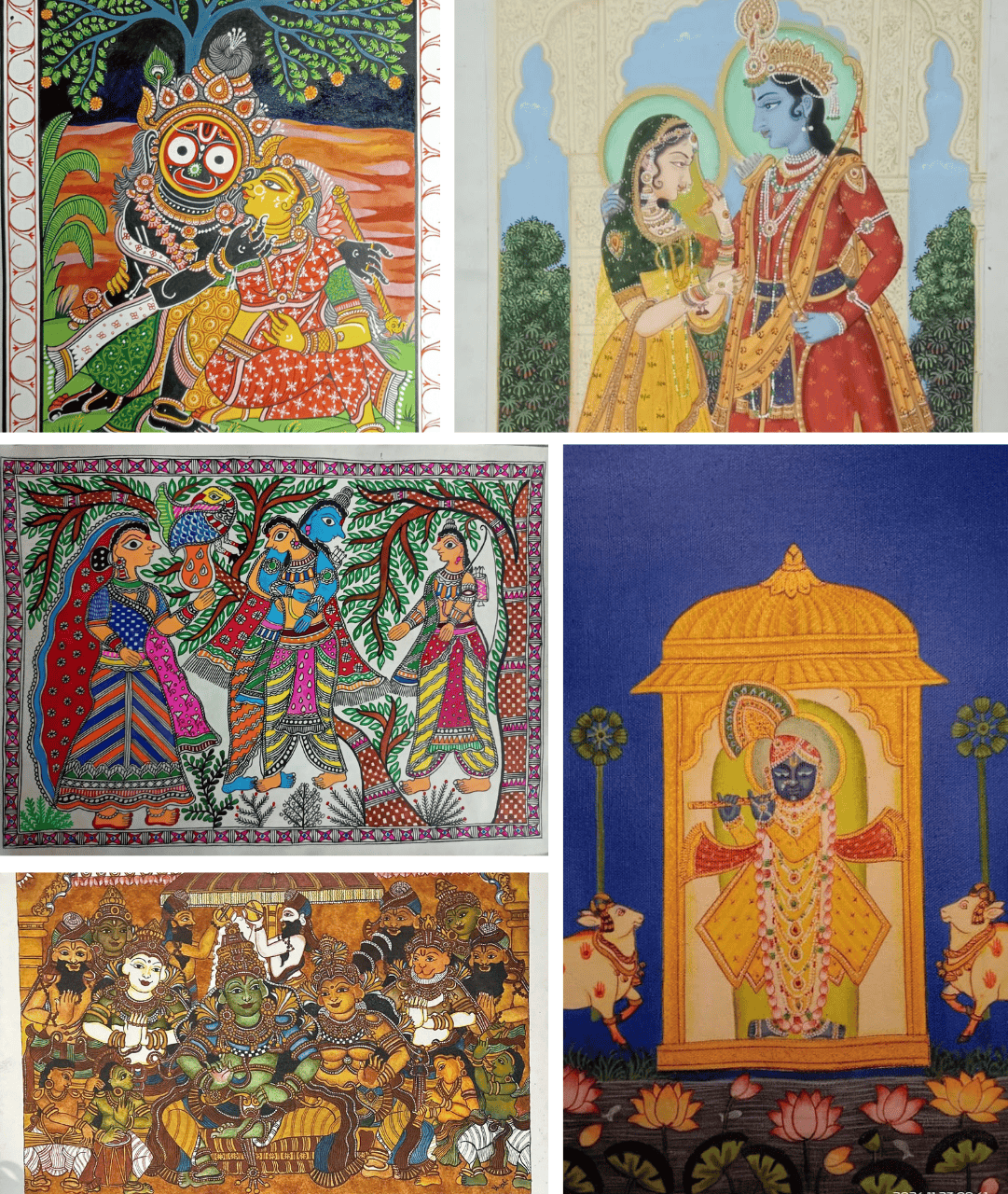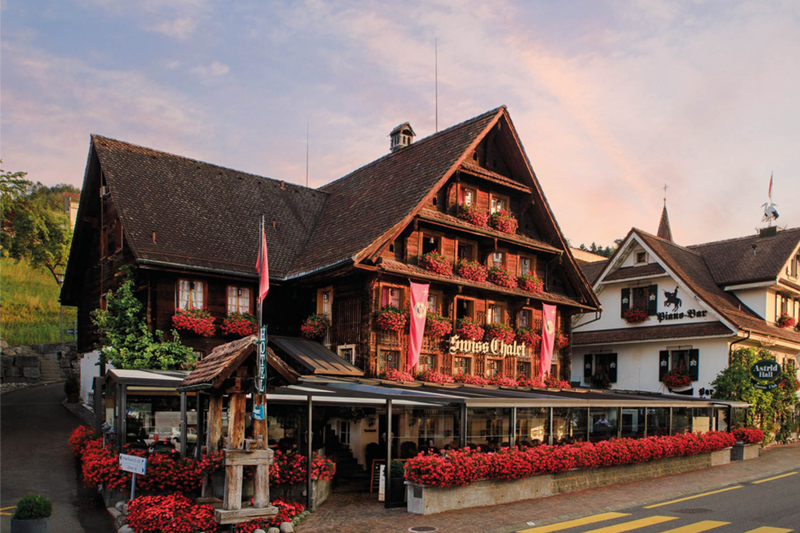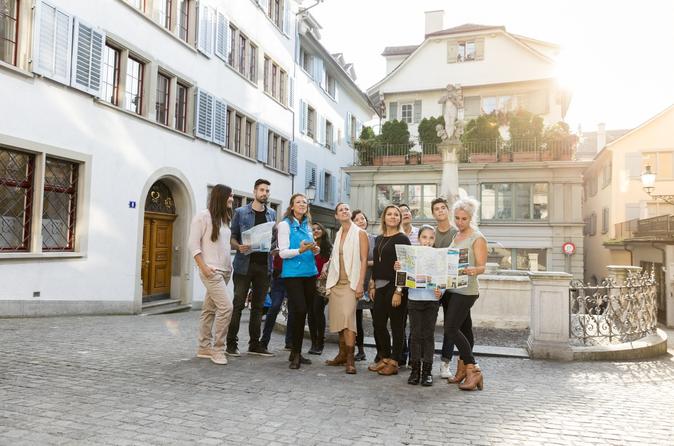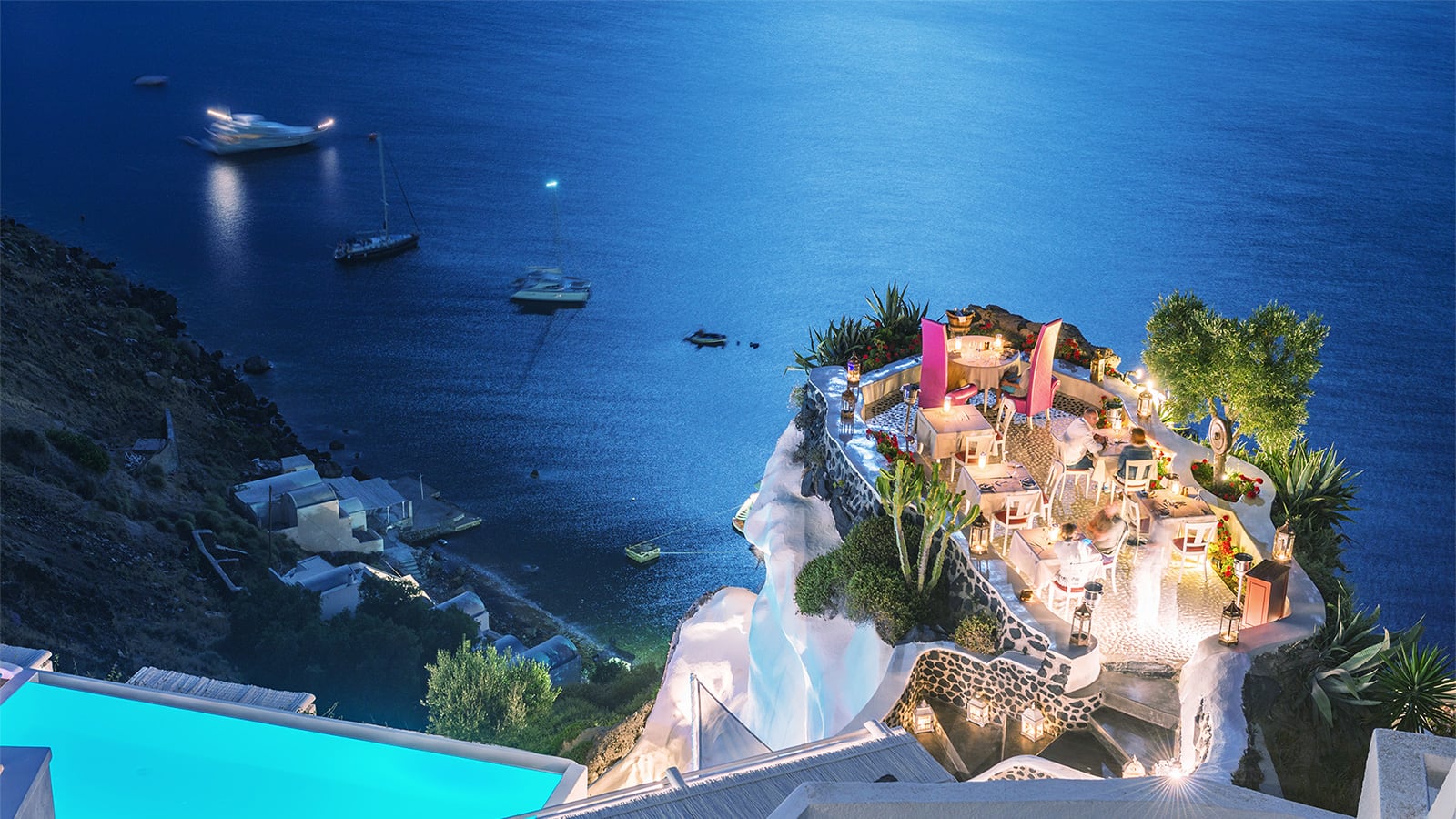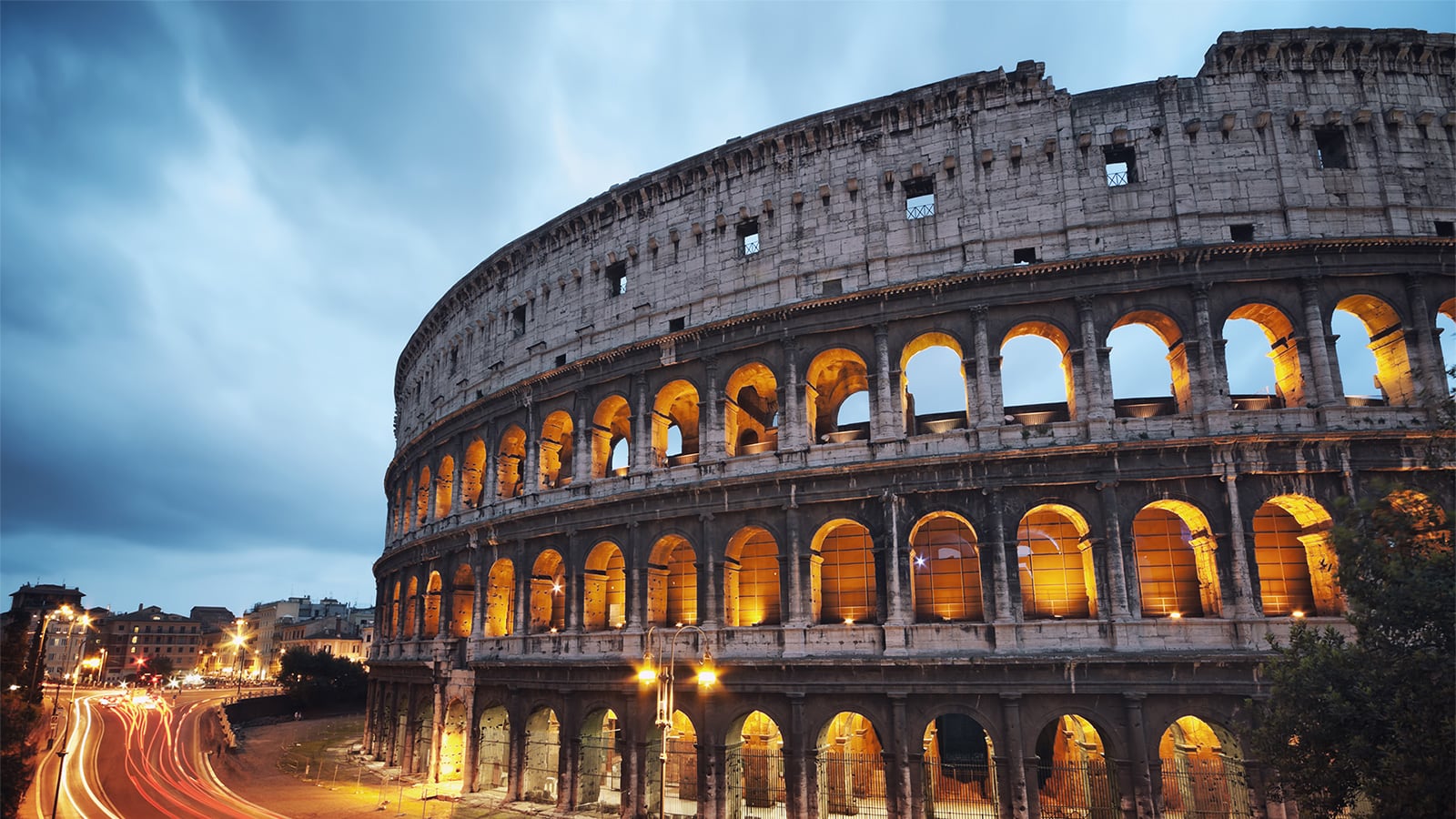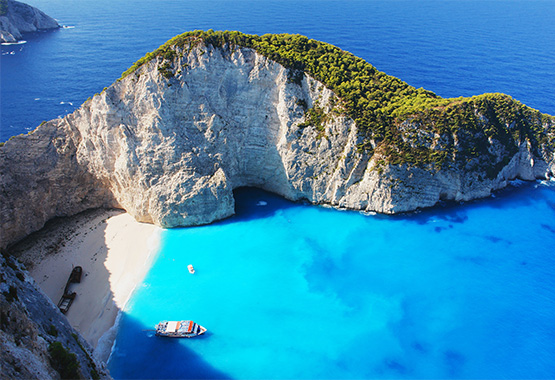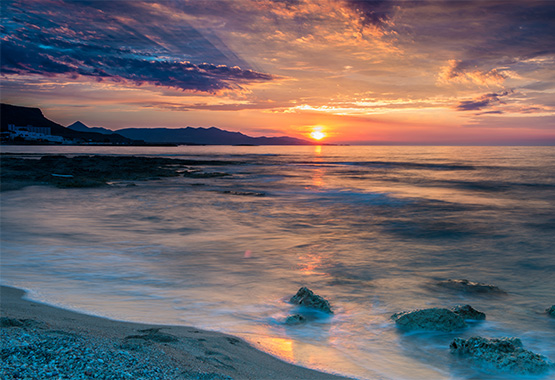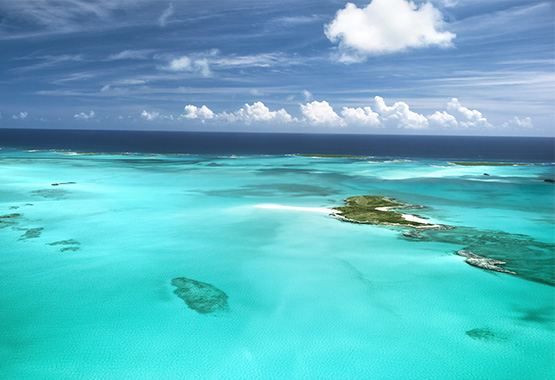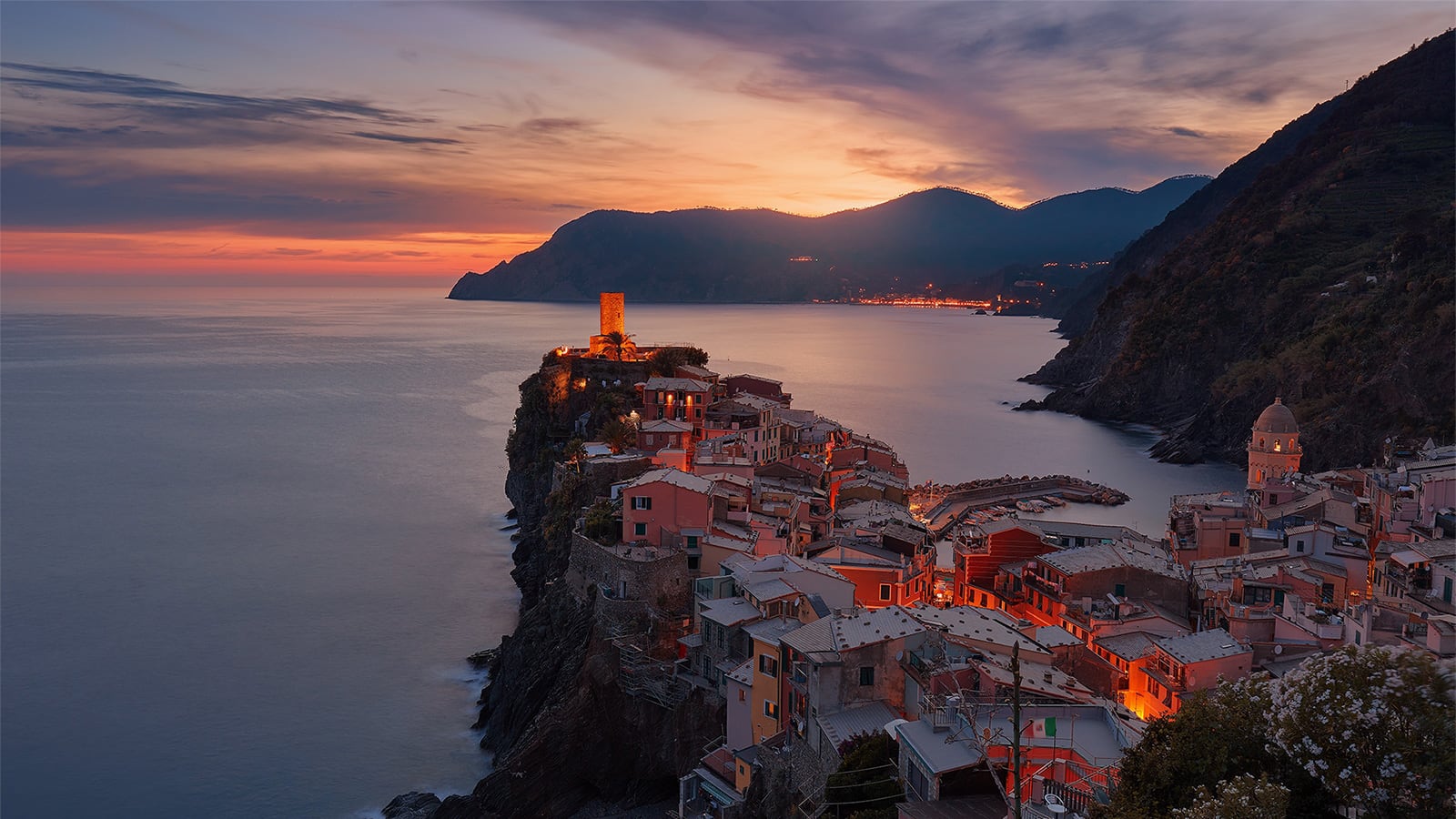Pichwai (pichvai) is a style of painting that originated over 400 years ago, in the town of Nathdwara near Udaipur in Rajasthan, India. The word "Pichwai" originates from Sanskrit, where "pichh" translates to "back" and "wais" signifies "hanging." These exquisite paintings traditionally adorn the back of the altar enshrining Shrinathji, a revered form of Krishna worshipped in the Nathdwara temple.The purpose of pichwais, other than artistic appeal, is to narrate tales of Krishna to the illiterate. Temples have sets with different images, which are changed according to the calendar of festivals celebrating the deity.. The vibrant textiles are not merely decorative; they are sacred offerings, used to adorn the back of the idol of Shrinathji, a form of Lord Krishna.The paintings are created using natural paints and dyes.
Pichhwais have two main functions within the Pushtimarg Sampradaya. One’s used as backdrops on the inner sanctums in the shrines, they are changed daily and are designed in accordance to the season, festival and rituals of that day. Other pichwais are artists' documentation of the worship in the faith. Each festival and ritual within the faith is an elaborate affair with a pichwai showcasing the adornment, emotions, mood, music, food and dancing that encompasses the worship
The techniques used in Pichwai painting are highly distinctive and call for high talent and patience. Pichwai paintings employ a variety of techniques and styles, each of which is remarkable in its own way. The following are some of the most used methods for creating Pichwai paintings:
- Block Printing: This technique involves using wooden blocks to create designs on the fabric. The blocks are dipped in natural dyes and then pressed onto the fabric to create the desired pattern.
- Hand Painting: This technique involves using natural pigments and dyes to paint the designs onto the fabric. The artists use a brush to create intricate details and patterns.
- Embroidery: This technique involves using threads to create designs on the fabric. The threads are woven together to create intricate patterns and details.
Pichwai paintings’ unique features are their distinctive styles, which change based on the area and the artist. Some of the most popular styles include:
- Nathdwara Style: Intricate details and vivid colours define this style. The paintings frequently have a black background which highlights the colours.
- Jaipur Style: The use of gold foil and the delicate detailing define this style. The paintings frequently show incidents from Lord Krishna’s life, such as his youthful mischief and his love for Radha.
A typical Pichwai has 24 boxes around called Swaroops. Each of them has a Krishna, Gopis and various other elements. The elaborate Shringar of Shrinathji is captivating. Despite having various figurines and elements in it, Pichwai is a sheer example of Aesthetic balance and beauty. The making of a traditional Pichwai consumes a couple of weeks that can even stretch to months. Originally Pichwai was painted on the handspun starched cotton fabric. The artisans would then sketch the art on that starched cloth. Then the decorative and beautiful images were created. The images were then ready to be painted with completely organic and natural colours, paints and even natural brushes. These colours were obtained from coals indigo, gold, silver saffron, zinc, and other natural sources. in brilliant colours or woven with hand blocks. The bright and intense colours like yellow, green, black, red dominate the Pichwai. The ornate part would get the pure Gold as colour. The borders are enhanced with crystals and other decorative elements. Shreenathji's image is given special features like a big nose, large eyes, and fat belly. The distinct features and expressions of the diety's face radiate pleasant and divine feelings.
We are nothing without our heritage. The 17th-century painting style had lost its prominence but now again has gained the momentum and is undergoing renaissance with the concerted efforts of various artists and foundations who aim to revive and revitalise this rare craft. To make Pichwai prominent for today, the artist has contemporized the artform without compromising its traditional touch. Pichwais traditionally were expensive as they were hung behind the deity but as time passed by the size of the paintings started reducing. Also, the colours are no longer pure organic. Due to the budget and time constraints and the unavailability of natural dyes, artists now use either synthetic or the mixture of synthetic and natural colours. Also, the paper is used as an alternative instead of cotton fabric. A Pichwai now belongs everywhere. Because of their beauty and brilliance, Pichwais are now also hung on house walls and other places and are no longer restricted to the temples. Hence, the artists are now making paintings of smaller proportions, which are apt for the smaller homes of today.











